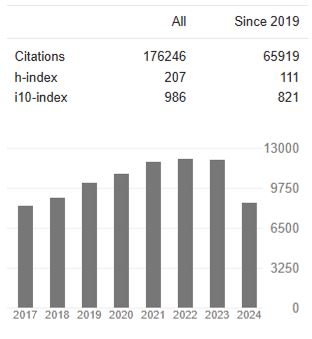Fatal Toxicity Index, Total Prescriptions per Death, a Unique View of Medical Examiner Deaths and Prescription Monitoring Data
Abstract
Sarah Salven, Keren Lee, Roneet Lev
Introduction: This study is the first of its kind in the United States to report a fatal toxicity index (FTI) of prescription drugs commonly implicated in deaths to quantify the dangers of prescription drugs. Death rates for the top fourteen schedule II-IV drugs implicated in overdoses were examined as deaths per million pills dispensed to a large county population over a one-year period to derive a fatal toxicity index (FTI), which is an indicator of the level of toxicity in accidental prescription-related overdose deaths. Medical Examiner data used to understand the prescription drugs, co-prescribing of multiple prescriptions, illicit drugs and alcohol in deaths.
Methods: This retrospective, descriptive analysis examined all accidental prescription-related deaths (n=247) as determined by the San Diego Medical Examiner (ME) investigation during 2015. Data were analysed by age, sex, individual prescription drugs and combinations of prescription drugs. Prescribing data were obtained from the CURES reporting system, California’s prescription drug monitoring system. The CURES data in combination with ME data were used to derive an FTI for each of the selected drugs.
Results: Approximately 57% (n=140) of the 247 prescription-related deaths in 2015 were among men with an average age of 48(SD=14.4). Of all single prescription deaths, the majority involved opioids (n=31; 67.4%). Over two-thirds of all deaths involved two or more substances with the most common contributory drugs being oxycodone (n=57, 23%), alprazolam (n=39, 15.8%), and morphine (n=36, 14.6%). Hydrocodone provided the largest quantity of prescribed pills (55,378,292) but accounted for only 12 percent of all accidental prescription deaths (n=30). Of all drugs examined hydrocodone had the lowest FTI (0.54 deaths per million pills dispensed). Drugs with the highest FTI included chlordiazepoxide (40.03), fentanyl (35.75) and methadone (9.1).
Conclusions: Focus on the prescription drug epidemic has been on opioids however, data suggest that drugs from various classes are represented in deaths. A multi-drug approach and study of top prescription related deaths should be considered when working to promoting safe prescribing and to reduce accidental overdoses.




